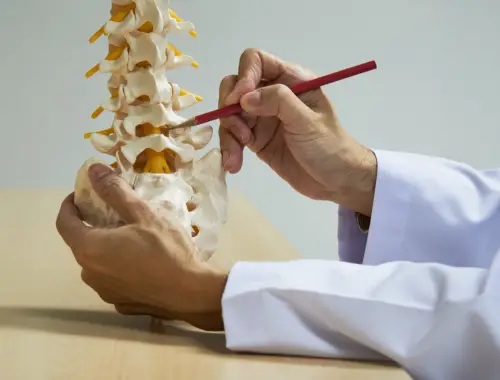
Bones, the sturdy framework of the human body, consist of diverse tissues designed for specific functions. Two crucial components, compact and spongy bone, work together to provide strength, support, and contribute to overall skeletal integrity. Despite their distinct appearances, these bone structures share fundamental similarities that highlight their collaborative roles in maintaining the body’s structural integrity.
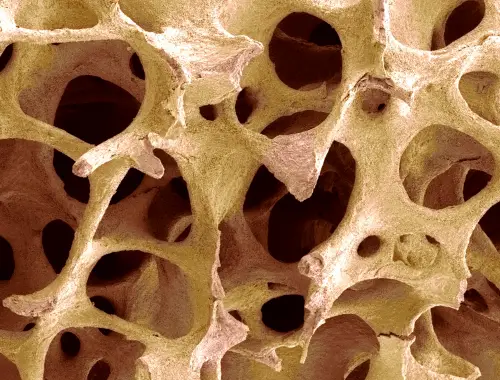
Composition:
- Fact: Both compact and spongy bone are composed of the same primary material—mineralized matrix and collagen fibers.
- Elaboration: Compact bone, found in the outer layer of bones, has a dense arrangement of osteons (cylindrical structures). Spongy bone, located internally, features trabeculae—networks of bony struts with spaces between them. Both structures provide strength and flexibility.
Mineral Content:
- Fact: Both types of bone contain minerals, including calcium and phosphate.
- Elaboration: The mineralized matrix in compact bone enhances its hardness, while spongy bone’s trabeculae provide strength without adding excessive weight. The mineral content in both structures contributes to bone density and strength.
Bone Marrow Presence:
- Fact: Both compact and spongy bone contain bone marrow.
- Elaboration: Compact bone houses marrow in the central canals of osteons, while spongy bone’s trabeculae create spaces filled with red or yellow bone marrow. Both types contribute to blood cell formation (hematopoiesis) and energy storage.
Vascularization:
- Fact: Both bone structures are vascularized.
- Elaboration: Blood vessels permeate both compact and spongy bone, ensuring a constant supply of oxygen and nutrients. This vascularization is essential for bone health, repair, and metabolic activities.
This table provides a quick overview of the similarities between compact and spongy bone, emphasizing their shared characteristics in terms of composition, mineral content, bone marrow presence, and vascularization.
| Aspect | Compact Bone | Spongy Bone |
|---|---|---|
| Composition | Dense arrangement of osteons (cylindrical structures). | Trabeculae—networks of bony struts with spaces between them. |
| Mineral Content | Contains minerals like calcium and phosphate, enhancing hardness. | Contains minerals contributing to strength without excessive weight. |
| Bone Marrow Presence | Contains bone marrow in the central canals of osteons. | Contains spaces between trabeculae filled with red or yellow bone marrow. |
| Vascularization | Vascularized with blood vessels permeating the bone tissue. | Vascularized with blood vessels supplying oxygen and nutrients. |
In conclusion, while compact and spongy bone structures differ in appearance and location, their similarities in composition, mineral content, bone marrow presence, and vascularization emphasize their collaborative role in maintaining the integrity and functionality of the skeletal system. Together, they contribute to the remarkable strength and adaptability of the human skeleton.
Q1: What is the primary function of the endocrine system?
A: The endocrine system primarily regulates various physiological processes by releasing hormones into the bloodstream, ensuring long-term control and coordination of bodily functions.
Q2: How does the nervous system differ from the endocrine system in terms of communication?
A: The nervous system communicates using electrical impulses transmitted through neurons for rapid responses, while the endocrine system employs chemical messengers (hormones) released into the bloodstream for slower but widespread communication.
Q3: Do the endocrine and nervous systems work together?
A: Yes, the endocrine and nervous systems collaborate to integrate and coordinate responses. The nervous system often triggers the release of hormones, and both systems contribute to maintaining homeostasis.
Q4: How do feedback mechanisms operate in these systems?
A: Both systems utilize negative feedback loops. In the endocrine system, hormones trigger responses to counteract deviations from set physiological levels, while the nervous system uses feedback to regulate and maintain balance.
Q5: Can you explain the role of target cells and receptors in both systems?
A: In the endocrine system, hormones interact with specific target cells by binding to receptors. Similarly, the nervous system releases neurotransmitters that bind to receptors on target cells, influencing cellular activities.
Q6: Which system is responsible for rapid, immediate responses to stimuli?
A: The nervous system is responsible for rapid responses, transmitting electrical impulses for immediate reactions to environmental stimuli.
Q7: How do these systems contribute to adaptive responses in the body?
A: The endocrine system plays a role in the body’s adaptive responses to long-term changes, while the nervous system enables rapid and immediate adaptive responses to various stimuli, ensuring the body’s quick adjustments to the environment.
Q8: Are there any textbooks or references for further exploration of the endocrine and nervous systems?
A: Certainly! Textbooks such as “Human Anatomy & Physiology” by Marieb and Hoehn, “Textbook of Medical Physiology” by Guyton and Hall, and “Human Physiology: An Integrated Approach” by Silverthorn provide in-depth information on these systems.
Q9: Are there specific functions associated with the red and yellow bone marrow found in compact and spongy bone?
A: Yes, both red and yellow bone marrow serve distinct functions. Red bone marrow, found in the trabecular spaces of spongy bone, is a primary site for hematopoiesis, producing blood cells. Yellow bone marrow, often found in the central canals of compact bone, functions as a storage site for adipocytes (fat cells) and serves as an energy reserve.
Q10: How does the vascularization of compact and spongy bone contribute to their maintenance and repair?
A: Vascularization ensures a continuous supply of oxygen and nutrients to bone cells. In both compact and spongy bone, this vascular network supports cell metabolism, aids in the repair of damaged tissue, and contributes to the overall health and maintenance of the skeletal system.
Q11: Can you elaborate on how compact and spongy bone collaborate in response to mechanical stress and weight-bearing activities?
A: Compact bone, with its dense and organized structure, is well-suited for handling mechanical stress and weight-bearing. In contrast, spongy bone, with its trabecular network, provides strength and support without adding excessive weight. Together, they work synergistically to withstand mechanical forces and maintain skeletal integrity during various activities.
Q12: Are there specific medical conditions or disorders that highlight the importance of understanding the similarities between compact and spongy bone?
A: Conditions such as osteoporosis, fractures, and bone infections underscore the importance of understanding the similarities between compact and spongy bone. Knowledge of their shared features helps in developing effective treatments and interventions to address bone-related disorders and maintain skeletal health.
Q13: How do the structural differences between compact and spongy bone contribute to their respective roles in bone metabolism and remodeling?
A: The structural differences play a crucial role in bone metabolism and remodeling. Compact bone, with its osteons and Haversian systems, provides a more organized and stable structure, making it well-suited for load-bearing and resisting mechanical stress. Spongy bone, with its trabeculae, allows for flexibility and responds dynamically to changes in mechanical forces, contributing to the bone’s adaptive remodeling in response to external stimuli.
Q14: Can you explain the concept of Wolff’s Law in the context of compact and spongy bone?
A: Wolff’s Law states that bone tissue adapts to the mechanical loads placed upon it. In the context of compact and spongy bone, this law emphasizes that the structure and density of bone will change over time in response to the stress and strain experienced during various activities. Both types of bone play a role in this adaptive response, with compact bone providing strength and spongy bone contributing to flexibility.
Q15: How does the collaboration between compact and spongy bone contribute to overall bone homeostasis?
A: The collaboration between compact and spongy bone is essential for maintaining bone homeostasis. Compact bone provides structural stability and strength, ensuring the overall integrity of the skeleton, while spongy bone contributes to the bone’s adaptive responses, helping to maintain flexibility and respond dynamically to changes in the external environment. Together, they contribute to the overall balance and health of the skeletal system.
Q16: Are there any age-related changes that impact compact and spongy bone differently?
A: Yes, aging can lead to changes in both compact and spongy bone. Osteoporosis, for example, primarily affects the density of compact bone, making it more susceptible to fractures. Additionally, changes in bone mineral density and alterations in the trabecular structure of spongy bone can occur with age. Understanding these changes is crucial for addressing age-related bone health issues.
Q17: How do the similarities between compact and spongy bone contribute to the overall resilience of the skeletal system during injury and repair?
A: The similarities in composition, mineral content, and vascularization ensure that both compact and spongy bone contribute to the resilience of the skeletal system during injury and repair. The coordinated response of these bone structures facilitates effective healing processes, and their shared characteristics support the overall strength and adaptability of the skeleton.
Q18: Can you elaborate on the role of compact and spongy bone in calcium homeostasis?
A: Both compact and spongy bone play a crucial role in calcium homeostasis. Calcium, a vital mineral for various physiological processes, is stored in the mineralized matrix of bone. During times of low blood calcium levels, bone tissue releases calcium into the bloodstream, helping to maintain the body’s calcium balance. This dynamic interaction between compact and spongy bone contributes to overall calcium homeostasis.
Q19: How do diseases affecting one type of bone impact the other?
A: Diseases that affect one type of bone can have repercussions on the overall skeletal system. For example, conditions like osteoporosis primarily impact compact bone, leading to reduced bone density and increased susceptibility to fractures. However, the changes in bone metabolism and mineralization can also influence the structure and health of spongy bone, highlighting the interconnected nature of these bone types in disease processes.
Q20: In terms of biomechanics, how do compact and spongy bone contribute to the overall structural stability and flexibility of bones during movement?
A: Compact bone, with its denser and organized structure, provides strength and stability during weight-bearing activities. It forms the outer layer of bones and acts as a rigid framework. Spongy bone, with its trabecular network, enhances flexibility, absorbs shocks, and contributes to the bone’s ability to adapt to mechanical stress. Together, they create a biomechanically efficient system that supports movement while maintaining structural integrity.



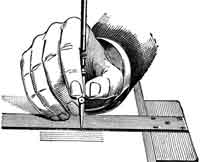
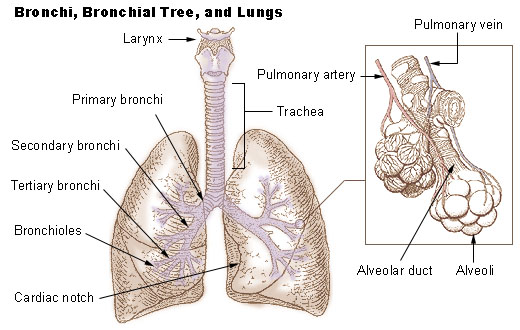
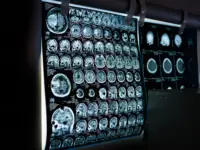







Leave a Reply